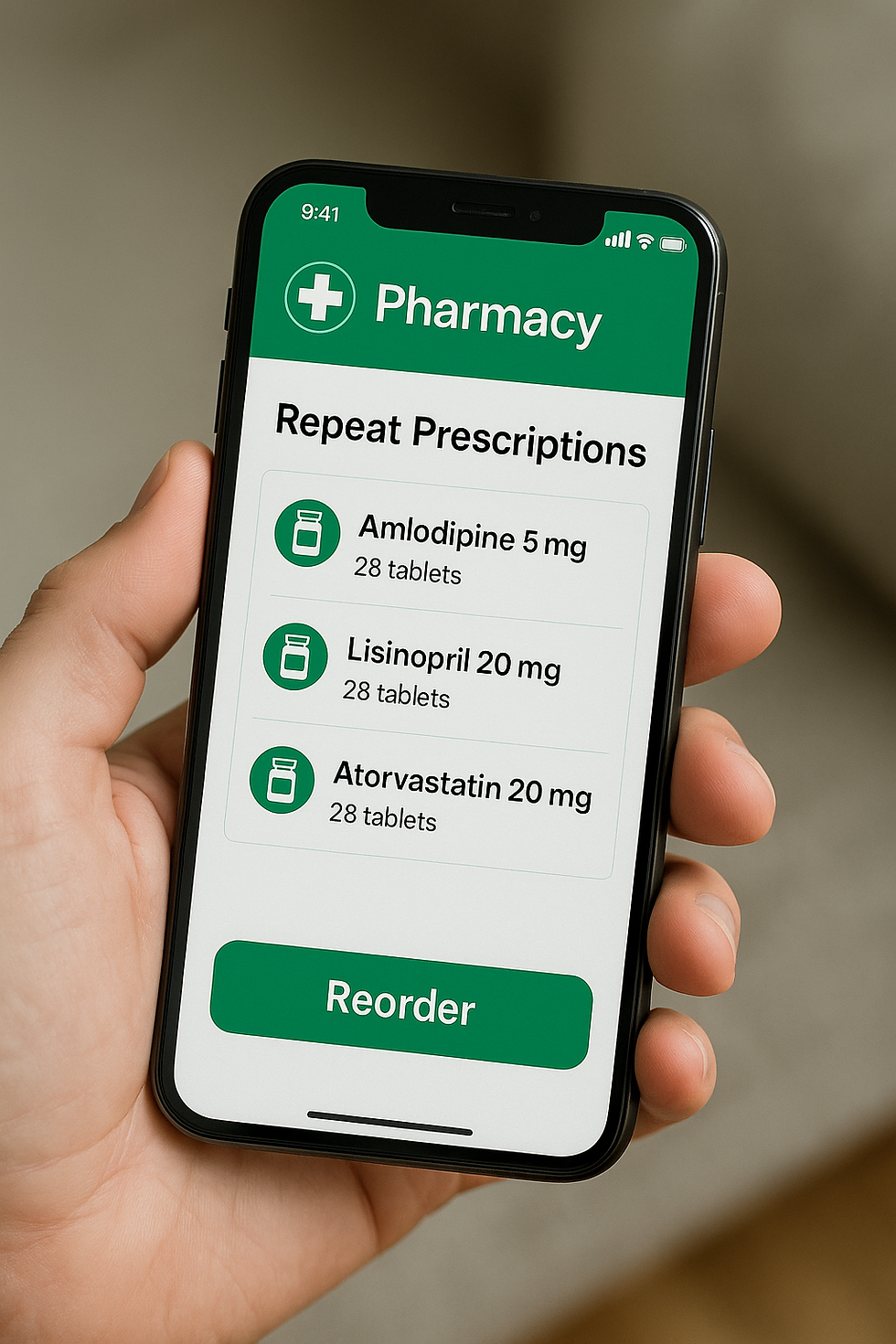PANIC! The Case for a Solid BCP (Business Continuity Plan)
- Kyle

- May 2
- 3 min read
At any given moment, everything can change.
The internet drops. The EPR system is unavailable. Printers stop working. Or worse, there’s a Trust-wide power cut or a national cybersecurity incident. Suddenly, you're in the thick of it: systems down, phones buzzing, anxiety rising. You look around and ask yourself: What now?
This is where BCPs (Business Continuity Plans) come in.

Downtime: Planned or Not, It’s Always Stressful
I’ve been involved in both planned and unplanned downtime events over the years. And whether it’s a well-coordinated EPR upgrade or a surprise internet outage, I can tell you: it’s always stressful. From junior doctors on the wards to senior managers in corporate offices, across pharmacy, nursing, IT, and digital leadership, everyone feels the impact.
Just today, in fact, our printers suddenly stopped working. For many departments that might be a mild inconvenience, but in pharmacy, it’s a major issue. We need to print controlled drug prescriptions for signing. No printer = no prescription = delays in discharge.
Fortunately, our fantastic IT colleagues sorted it quickly. But if they hadn’t? We had a paper-based workaround as part of our BCP. The system may not have run at full speed, but we could still function.
That is the point.
The Worst Kind: Unplanned Downtime
One of the most challenging experiences I’ve faced was when our entire Trust lost internet access for nearly five days due to an issue with the local fibre-optic infrastructure.
Immediately, we implemented the BCP: patients were moved to paper documentation across all wards. It wasn’t ideal, but care continued. The real stress began when it was time to move everyone back onto the EPR system.
A mixed economy of paper and electronic documentation is where things get dangerous, especially for medicines. A missed dose delays treatment. A duplicated dose, depending on the medication, could cause serious harm.
Thankfully, we had a BCP system in place that allowed access to historical EPR documents. This was critical for clinical decision-making. But all clinical notes during the outage? On paper.
Again, the BCP didn’t eliminate the stress, but it absolutely reduced the risk and protected patients.
Even a Planned Downtime is No Walk in the Park
You’d think a planned system downtime would be smooth sailing, but even then, it’s a heavy lift. During a major EPR upgrade, we had weeks of preparation, clear timelines, Trust-wide coordination... and still, it was high pressure.
Switching off a live system and transitioning every patient onto paper requires crystal-clear roles and responsibilities. The BCP was essential, it helped people know what to do, how to do it, and who was responsible. And it helped us all stay focused.
BCP: Not a Magic Fix, but a Vital Tool
A Business Continuity Plan doesn’t solve all your problems. But it gives structure, clarity, and a roadmap to navigate chaos. It doesn’t replace leadership, it supports it.
I’ve never written a BCP from scratch myself, but I’ve contributed to many, especially around EPMA and digital medicines management. I’ve reviewed countless others.
The key takeaway?
➡️ Know where your BCPs are
➡️ Know what’s in them
➡️ Know how to use them.
You might even need to write one someday.
Want to Learn How to Write a BCP?
If you’re new to BCPs or want to understand how to write one, I’ve just launched a free new Learning Program on The EPMA Hub to walk you through it:
Whether you are clinical, digital, or somewhere in between, being prepared is never a bad idea.




Comments